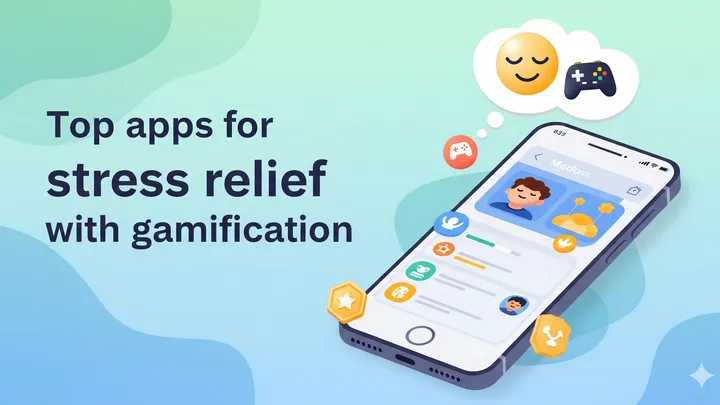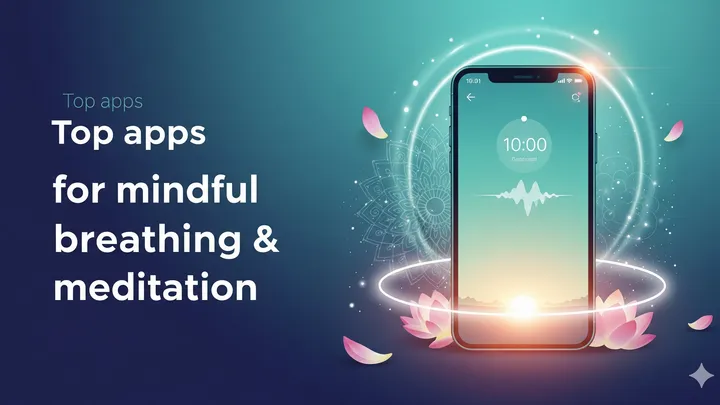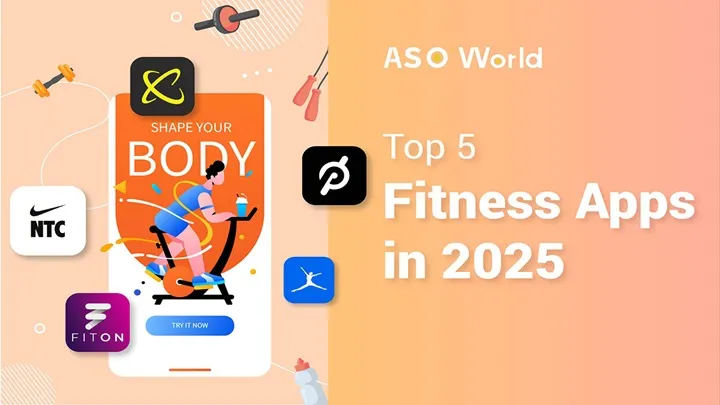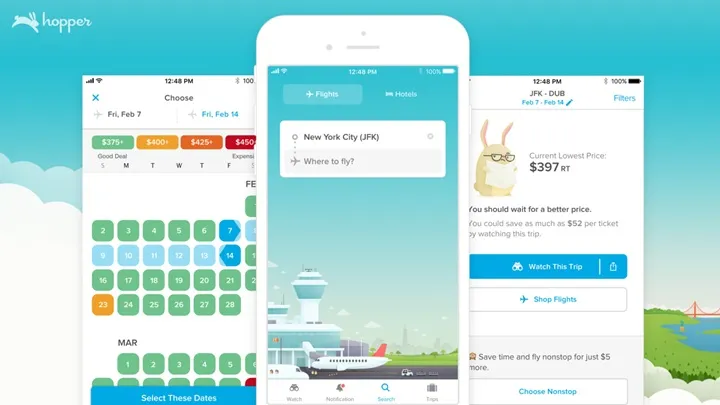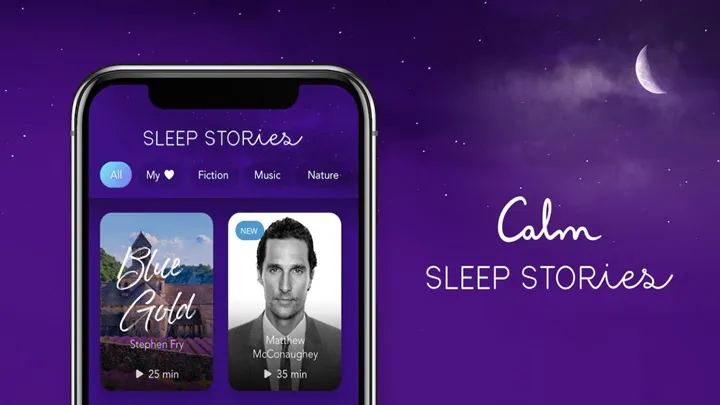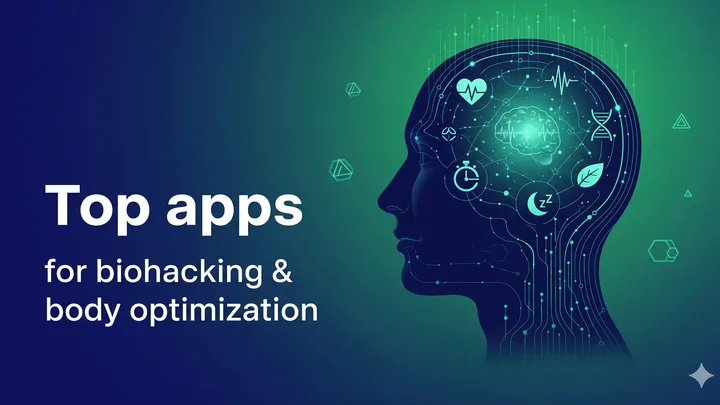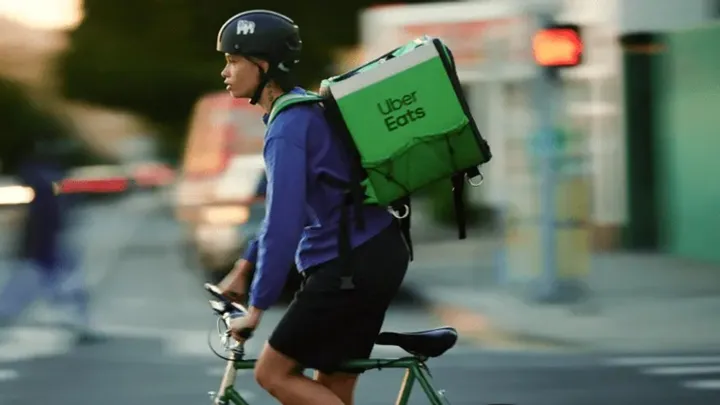Free Fire has earned its place as one of the most popular battle royale games worldwide, not just because of its accessibility and fast-paced gameplay, but also due to its unique character skill system. Unlike other shooters where every player starts on equal footing, Free Fire lets players enter matches with passive or active abilities that drastically alter strategies. Choosing the right character and combining their skills with others is often the difference between an early elimination and a Booyah.
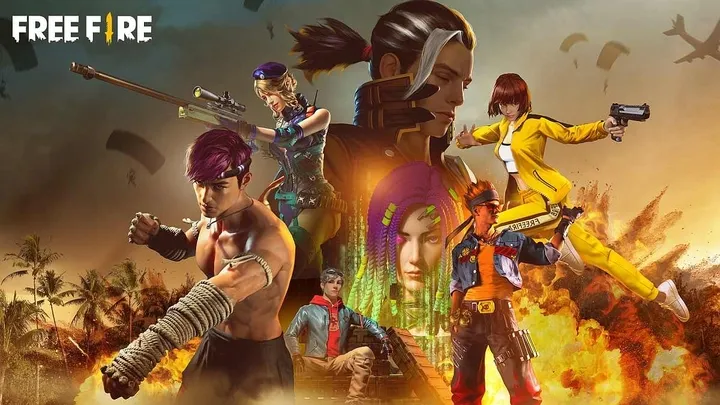
This article takes a deep, structured look at character skills in Free Fire—their origins, mechanics, evolution, and impact on the competitive meta. We’ll explore how skills shaped gameplay across updates, how players optimized combinations, and how Garena balanced them over time.
The Introduction of Skills: Adding Identity to Characters
When Free Fire launched in 2017, it differentiated itself from PUBG Mobile and other titles by introducing characters with unique abilities. Instead of purely cosmetic skins, characters like Kelly and Andrew arrived with tangible gameplay benefits.
The early skill system gave each character one ability—either passive or active—that could tilt battles. This turned every character choice into a tactical decision. For example, Kelly’s speed boost catered to rushers, while Andrew’s armor durability helped defensive players last longer.
The system instantly gave Free Fire personality. Players didn’t just choose weapons; they chose playstyles embodied in characters.
Early Meta: Dominance of Passive Skills
In the first iterations, passive skills dominated the meta because they provided consistent advantages without needing activation. Skills like Ford’s reduced damage outside the safe zone or Olivia’s healing support were always “on,” requiring no timing.
Examples of Early Passive Skills
- Kelly (Dash) – Increased sprinting speed.
- Andrew (Armor Specialist) – Reduced vest durability loss.
- Olivia (Healing Touch) – Revived teammates with extra HP.
These skills encouraged beginners to pick characters with low management requirements, while advanced players sought combinations that stacked benefits.
The Rise of Active Abilities
As Free Fire evolved, active skills entered the spotlight. Characters like Alok and K brought abilities that demanded timing but delivered massive power spikes.
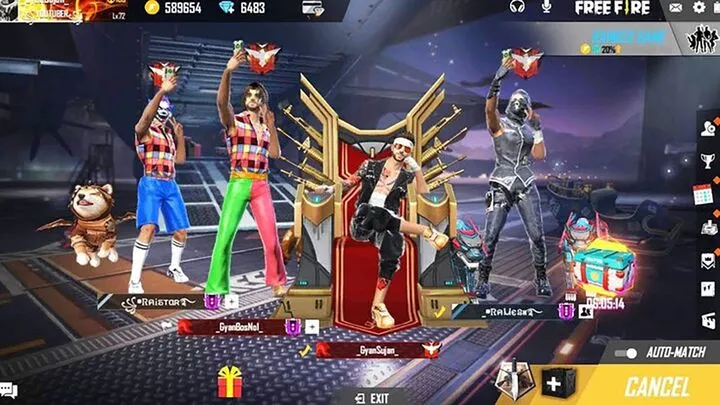
Alok’s Drop the Beat
- Created an aura that restored HP and increased movement speed.
Became a staple for aggressive players and squad support.
K’s Master of All
- Switched between two modes: EP regeneration or increased EP conversion.
- Offered flexibility for both offense and endurance.
Active skills shifted the meta. Matches now required timing mastery—when to trigger a heal, when to engage with boosted speed, or when to conserve abilities for endgame circles.
The Skill Slot Expansion System
Initially, players could only use one character’s skill. Over time, Garena introduced skill slots, allowing players to combine multiple abilities from different characters.
This expansion redefined gameplay. Now, a rusher could combine Kelly’s speed with Alok’s healing and Hayato’s damage boost. Customization turned into a science, as players created “loadouts” for specific roles.
Typical Loadout Archetypes
- Rusher Build: Kelly + Alok + Joseph + Hayato.
- Support Build: Kapella + Olivia + Alok + Andrew.
- Survivor Build: Ford + Notora + Moco + Laura.
Suddenly, Free Fire wasn’t just about shooting skills—it became a strategic RPG layered onto a battle royale.
Competitive Play and Tournament Impact
The introduction of skills had massive effects on professional esports. Teams began drafting strategies around character abilities, much like MOBAs.
In tournaments:
- Alok was almost mandatory in every squad composition.
- Kelly was favored by entry fraggers for fast rotations.
- Moco’s tracking ability helped squads coordinate focus fire.
Skill synergy became as important as gunplay. Teams who mastered combinations dominated leaderboards, showing that Free Fire’s character system added a new dimension to competitive depth.
Balancing and Power Creep Challenges
As the roster of characters grew, so did the challenge of balance. Overpowered abilities often forced Garena to release patches. For example:
- Alok’s healing aura initially felt unstoppable until cooldown adjustments.
- Chrono’s Time Turner, which created an impenetrable shield, disrupted the meta so heavily it was reworked multiple times.
Balancing Strategies Used by Garena
- Cooldown Adjustments – Increasing time between activations.
- Stat Nerfs – Reducing percentage boosts.
- Reworks – Changing mechanics entirely for fairness.
Without these corrections, newer characters risked making older ones obsolete, leading to a dangerous power creep. Balancing kept the ecosystem healthy.
Role Specialization Through Skills
As skills diversified, Free Fire characters began falling into archetypal roles—similar to class systems in RPGs.
Primary Roles Defined by Skills
- Rushers – High mobility and damage boosters (Kelly, Joseph, Hayato).
- Supports – Healing, revival, or aura-based characters (Alok, Olivia, Kapella).
- Scouts – Vision or enemy-tracking specialists (Moco, Clu).
- Survivors – Zone-resistant or self-sustaining (Ford, Notora).
This gave squads identity, where balanced team compositions became essential for victory.
Advanced Strategies: Skill Synergies and Combos
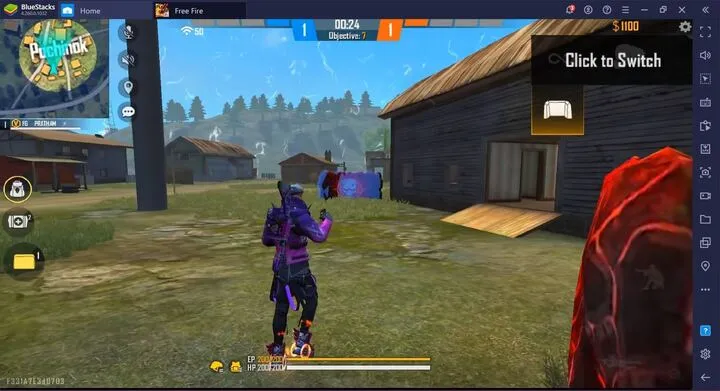
High-level players began experimenting with synergy combos, combining skills for exponential effects.
Examples of Combos
- Speed & Damage: Kelly’s Dash + Hayato’s Bushido for aggressive pushes.
- Healing Engines: Alok + Kapella + K to create near-endless sustain.
- Tracking Advantage: Moco + Clu to expose enemy squads across zones.
These combos rewarded planning and coordination, making Free Fire more than a shooter—it became a meta-strategy game within a battle royale.
Community Influence and Player Creativity
The community played a massive role in shaping skill use. Streamers and content creators showcased “best loadouts,” influencing casual players. Forums and guides dissected cooldown timings, hidden stats, and ideal pairings.
Players also invented challenge builds—using off-meta skills for fun or innovation. For instance, Ford’s zone resistance combined with Paloma’s ammo specialty allowed unique camping playstyles.
This creativity ensured Free Fire’s skill system stayed fresh, evolving organically with each update.
The Future of Character Skills in Free Fire
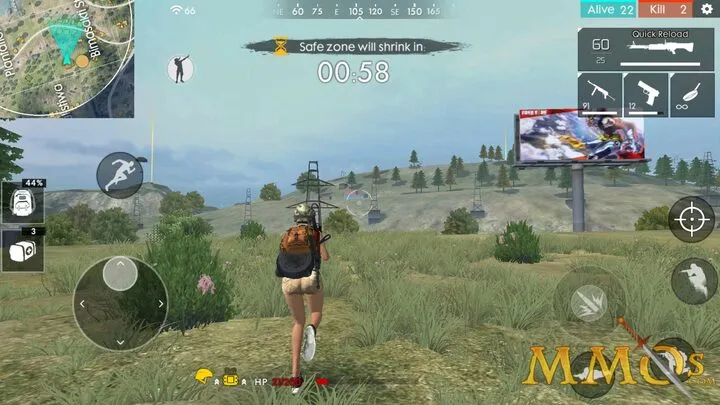
Looking ahead, Free Fire’s skill system is expected to deepen even further. Possible directions include:
- Skill Evolution Trees – Upgrading abilities mid-match.
- Squad Synergy Bonuses – Extra effects when certain characters team up.
- Seasonal Reworks – Rotating abilities to keep the meta dynamic.
As the roster grows, balancing will remain a challenge, but skills will continue to define Free Fire’s identity, keeping it distinct from competitors.
Conclusion
Free Fire’s character skill system is not just a gimmick—it is the heartbeat of the game. From simple passive boosts to complex multi-skill loadouts, the system has redefined how players approach every match. It has created a meta-game where timing, synergy, and strategy matter as much as raw aim.
By blending RPG mechanics with battle royale gameplay, Free Fire carved a unique niche in the genre. As the system continues to expand, one thing remains clear: mastery of character skills is mastery of Free Fire itself.








